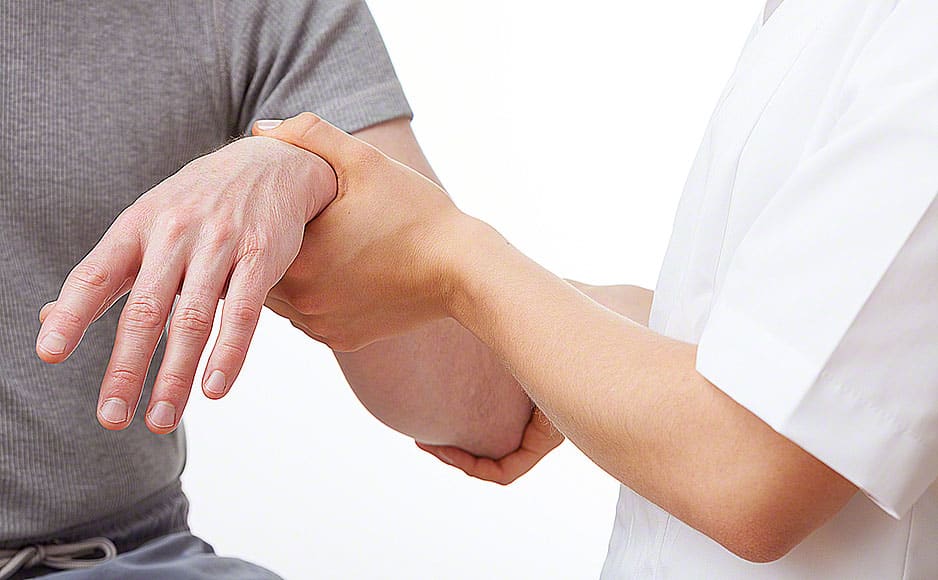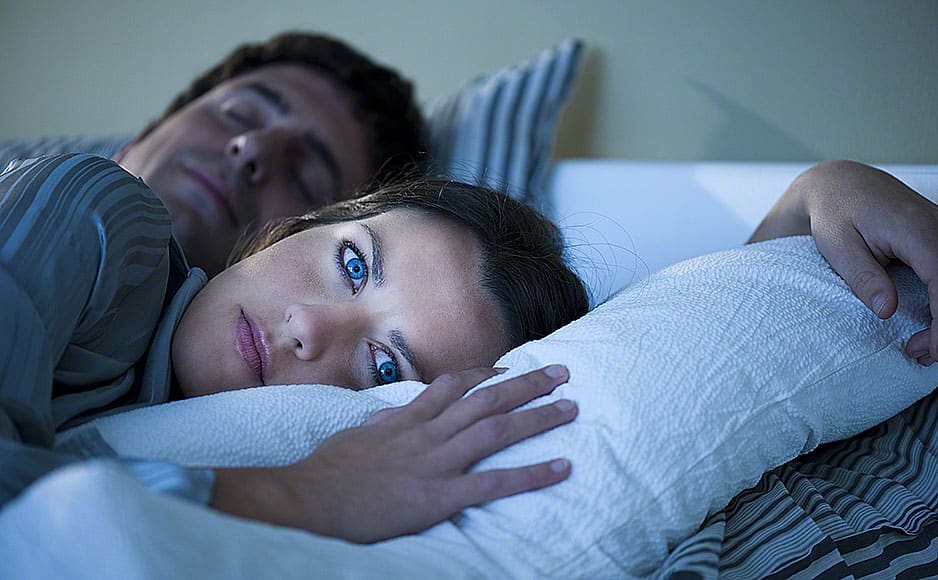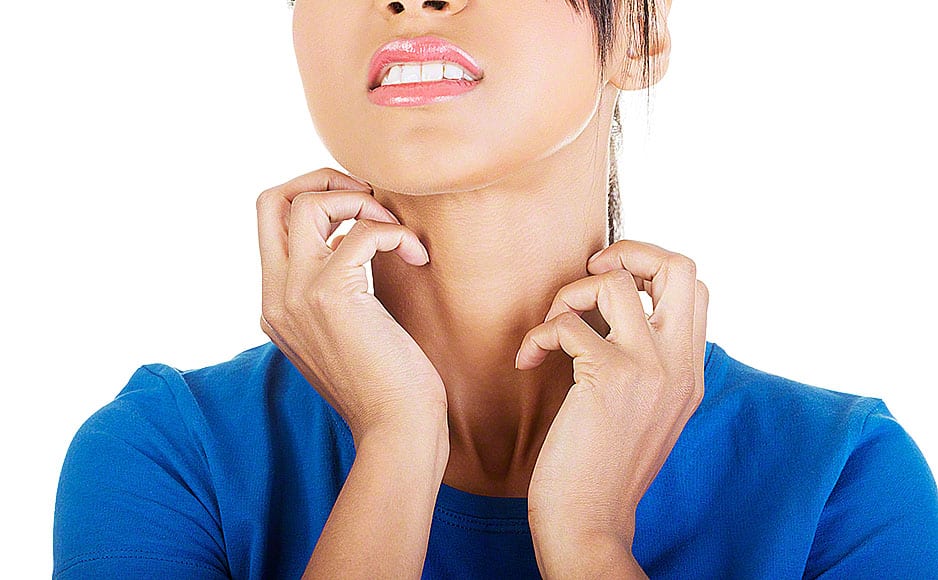Every day, we see our homes as safe places. But often, we do not think about the small dangers that could hurt our bones, joints, and muscles. These kinds of hurts are called orthopedic injuries. If they are bad, we might have to go to orthopedic surgeons. They help us get better, but it is better if we do not get hurt in the first place.
Common Orthopedic Injuries at Home
Understanding these injuries and learning simple ways to prevent them can save us from pain and the need for potentially complicated procedures. Knowing that many of these incidents can be prevented with a little foresight makes home safety a topic of importance for everyone.
Avoiding Ankle Sprains
Ankle sprains are among the most frequent injuries that people experience at home. This injury, a painful stretch or tear of the ligaments around the ankle, often occurs unexpectedly by a simple misstep or a sudden twist. To avoid such mishaps, it’s vital to keep the home free of clutter. Floors should be clear of objects that could cause trips and falls. Rugs should be secured to the ground to prevent slipping, and wearing supportive footwear at home can also be beneficial, especially for individuals with a history of ankle sprains.
Preventing Back Pain
Back pain is another common orthopedic issue, often resulting from incorrect lifting of heavy objects. When lifting, it’s important to use the proper technique by bending the knees and keeping the back straight, utilizing the strength of the legs rather than straining the back muscles. Additionally, avoid twisting the body while holding heavy items to prevent harm. Regular exercise that strengthens the back and core muscles is also advisable, as stronger muscles provide better support for the spine, reducing injury risk.
Reducing the Risk of Falls
Falls are a leading cause of severe orthopedic injuries, particularly among older adults, and often result in fractures of the hip, wrist, or ankle. Such incidents are common in bathrooms and on staircases. Measures such as installing grab bars in bathrooms and ensuring good lighting in the home can significantly reduce the risk of falls. Using handrails on staircases at all times, not just when in a rush or carrying items, is also crucial. Regular vision checks are essential, as poor vision is a significant contributor to falls.
Protecting Your Knees
Knee injuries are also frequent and can happen during everyday activities like gardening or household chores. To protect the knees, consider using knee pads while gardening and avoid remaining in the same position for extended periods. Regular exercise strengthens the muscles around the knees, providing better support and minimizing the risk of injury.
Caring for Your Wrists
Wrist strains and fractures are surprisingly common and often occur during cooking, cleaning, or other household tasks, necessitating sometimes a visit to a hand injury specialist. Mindfulness in these activities is crucial. For example, using sharp knives for cutting requires less force, reducing strain on your wrists, a technique often recommended by hand injury specialists. Similarly, using cleaning tools with ergonomic handles prevents excessive gripping and wrist exertion, another tip that a hand injury specialist would advocate to maintain healthy wrists.
Creating a Safe Space at Home
Our homes should be safe havens, but sometimes they can have hidden dangers that lead to orthopedic injuries. The good news is, there are easy ways to stop these injuries before they happen. By making some changes around our home, we can keep ourselves safe. This way, we can live happily without fear of getting hurt.
Making Floors Safer
Many injuries happen because of falls. Slippery floors are often the cause. It is important to choose the right type of flooring to prevent these accidents. Floors should not be too smooth, as this can make you slip. Adding carpets or rugs can provide more grip under your feet. But, you have to make sure they are flat on the floor and do not move. This way, you won’t trip over them.
Lighting the Way
Another reason people fall is that they can’t see well. This is why having good lighting in your home is very important. You should have bright lights in every room, hallway, and stairway. When you can see where you are going, you are less likely to trip and fall. It’s also a good idea to have night lights. They can help you see when you get up in the dark, like during the night.
Bathroom Safety
A lot of falls happen in the bathroom. The floor can be wet and slippery. Installing grab bars can make a big difference. These bars give you something to hold onto when you are getting in and out of the shower or tub. They are also helpful near the toilet. Another good idea is to use non-slip mats. These mats stick to the floor of the shower or tub. They help your feet grip better so you won’t slip.
Staying Safe in the Kitchen
The kitchen is a place where you can get hurt, too. Reaching for things in high places can make you lose your balance. It is better to keep the things you use often in lower cabinets. Then you won’t have to reach up or use a step stool. When you do need to use a step stool, use one with a handle. This gives you something to hold onto so you won’t fall.
Caring for Stairs and Steps
Stairs can be dangerous if you’re not careful. It’s important to have handrails for going up and down the stairs. Using the handrails can keep you steady. All the steps should be the same size and height, too. This way, you don’t get surprised by a step that is too high or too low. Good lighting around stairs is very important as well. It helps you see where you are stepping.
Keeping Walkways Clear
It’s easy to trip over things lying around. Keeping your home tidy helps a lot. Make sure there are no objects on the floor to trip over. This includes toys, shoes, and loose cords. Walkways should be wide and easy to move around in. When there is nothing in the way, you are less likely to have a fall.
Conclusion
In the end, making your home safe is like building a shield against injuries. Every small change is a big step in keeping you and your loved ones from harm. You will not have to worry about serious injuries or visiting pain management doctors Woodbridge often. Life is much nicer when we are not in pain. Remember, it is not hard to make these changes. You can start today. Little by little, you will see the difference. Your home will be the safe place it is meant to be, and your life will be full of the things you love to do. Stay safe, and enjoy the comfort of your protected home.


